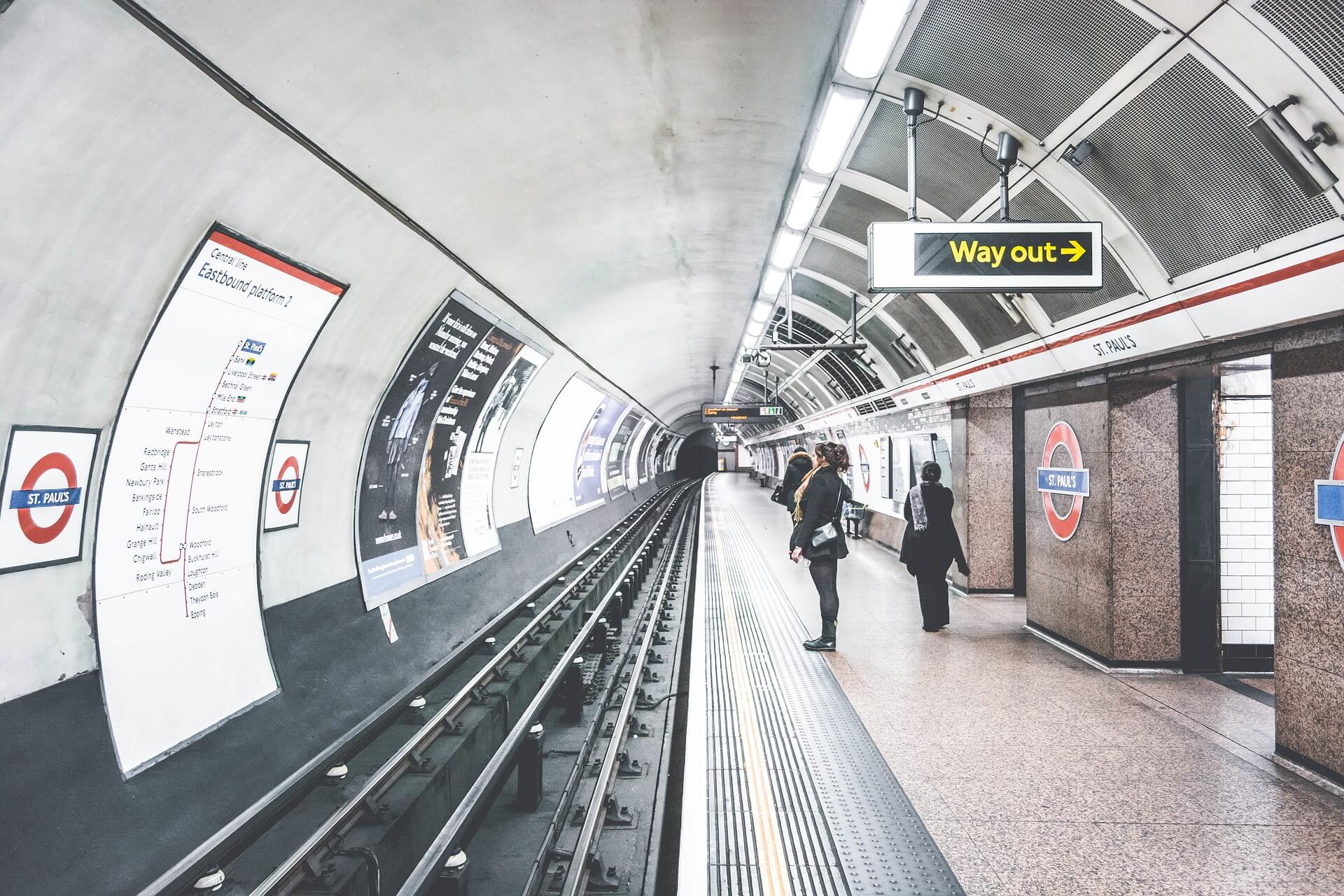When Roscom engineers tested the London Underground in 2008 for connectivity and quality on the TETRA network it was all about ensuring the emergency services could talk to each other. Now Transport for London wants mobile users to have 4G access by the mid 2020’s. We asked our engineers for their views on the highs and lows of making this happen.
It’s interesting how the need to be connected 24/7 dominates our lives. London Underground recently announced passengers will be able to make calls and go online anywhere on the network within the next five years.
It will be one of the biggest technology shake ups for the Tube since the introduction of its world’s first deep-level electric railway which ran under the River Thames from King William Street in the City of London to Stockwell.
We mustn’t forget there are already 260 Wi-Fi enabled stations on the London Underground and on Transport for London’s (TfL) rail services. But this new move will allow passengers to get phone reception in tunnels from March 2020 with more stations and lines being connected as the project continues.
Roscom’s engineers working on the TETRA project in 2008 believe the challenge won’t be the technology – which came off the back of 7/7 when the emergency services couldn’t talk to each other underground – but the logistics.
- London’s Underground was built on a Victorian infrastructure. It was hard enough fitting the TETRA equipment into the space. Now TfL will have to add more cables into an already squeezed framework.
- Big metal shopping centres can use microcells to allow access to their Wi-Fi. The typical range is two kilometres. This won’t work with underground stations. Instead of microcells very long cables will have to be used to provide a “leaky feed.” The cable will act as an antenna and holes will be inserted every ten to fifteen metres to supply a signal. TETRA proved this does work.
- The cables will be very long – a total of 1,241 miles – and will take time to lay so most of the work will have to be done overnight. When we did TETRA there were few, if any, night services on the Underground. Now there are five Tube lines which run a 24 hour service on Fridays and Saturdays. TfL have the headache of trying to minimise the disruption to passengers while trying to get the job done.
- Even if most of the work is carried out on weeknights where they can shut down the network, it still has to be left in a state where the Tube can run the following morning.
- Health and safety may not be popular but it is necessary. Those hired to work on the project will have to have been trained in track safety. It is all electric Underground and they will need people who know what they are doing.
- Our engineers walked miles of track in testing the TETRA signal and it will be the same for the Wi-Fi teams. They also had special engineering trains put into operation to test the signal along the network – including stations. This are expensive to put on and again they cannot disrupt the passenger traffic.
- London Underground handles up to five million passenger journeys every day. We don’t yet know how it will cope under duress.
Finally the long game is to turn off TETRA underground and for the emergency services to use the Wi-Fi network instead. As yet there is no set date for this to happen. Watch this space.
Mandy Blackburn, Operations Director at Roscom.







